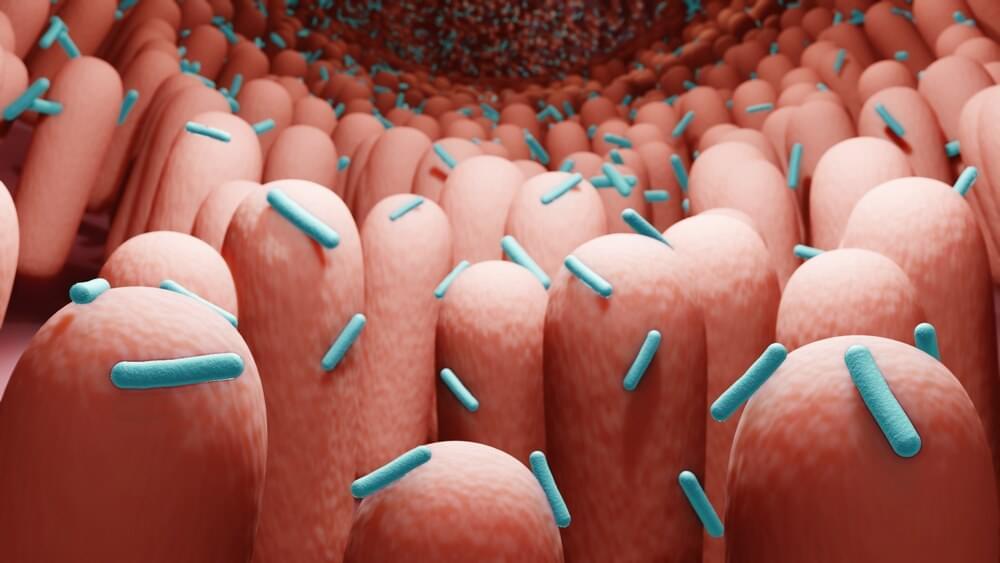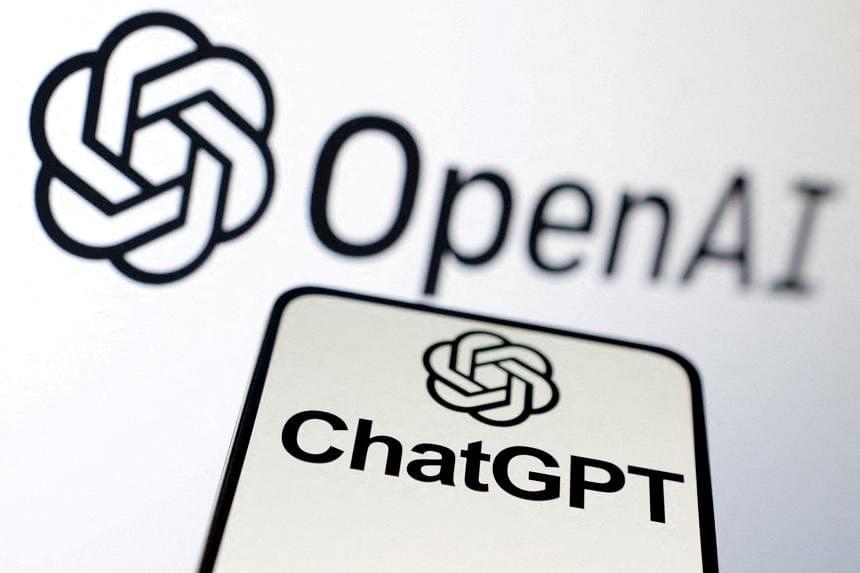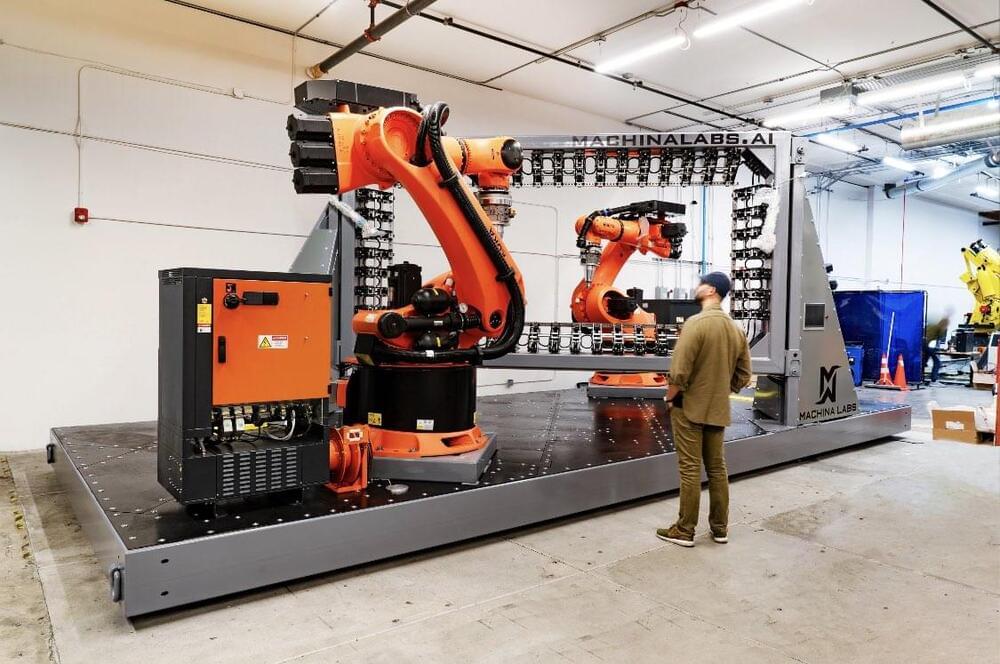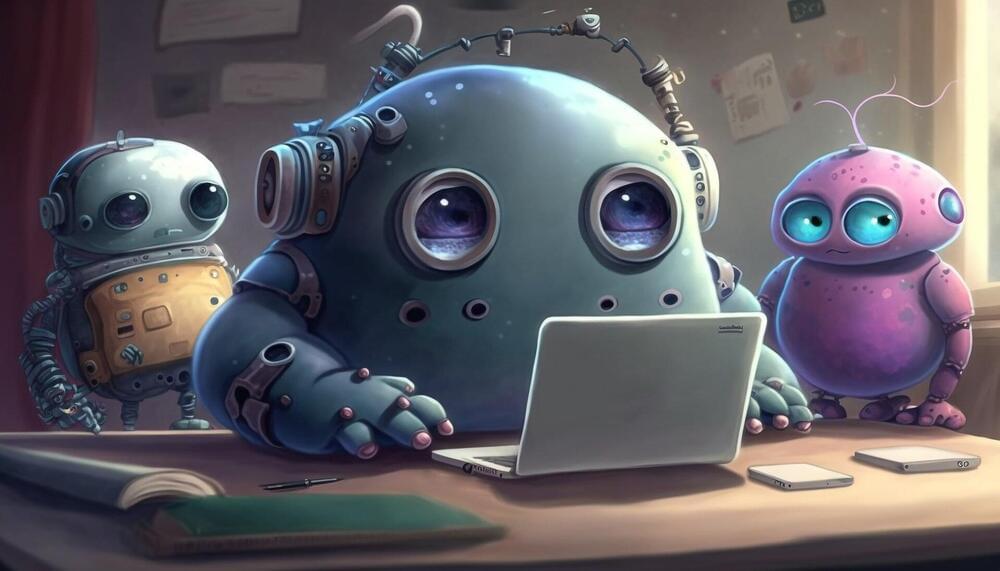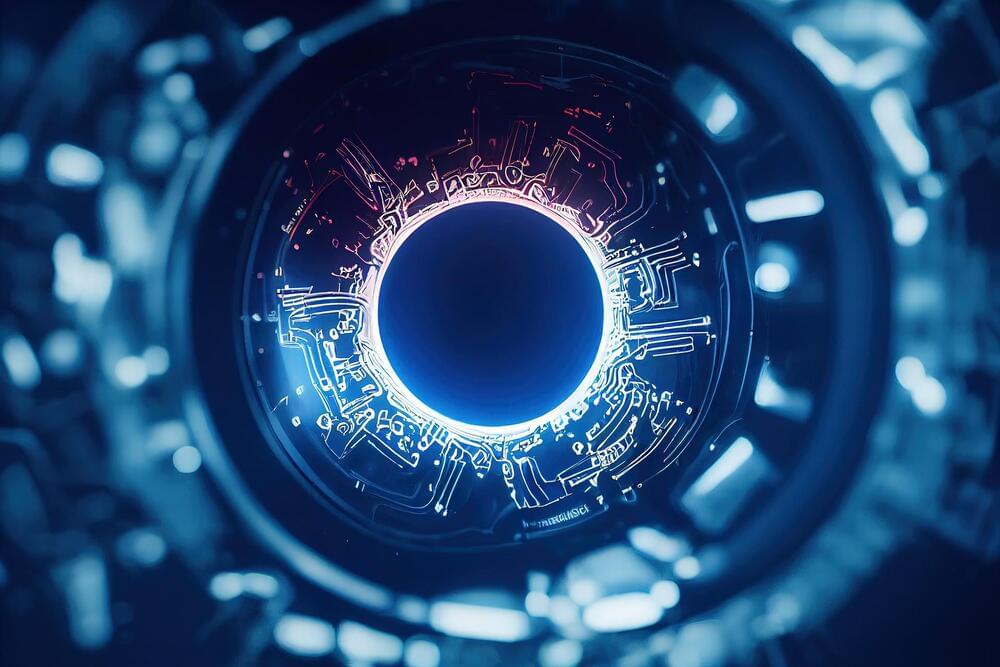In a recent study published in Nutrients, a group of researchers investigated the interactions between individual diets and the gut microbiome in seven volunteers, leveraging technological advancements and machine learning to inform personalized nutrition strategies and potential therapeutic targets.
Study: Unraveling the Gut Microbiome–Diet Connection: Exploring the Impact of Digital Precision and Personalized Nutrition on Microbiota Composition and Host Physiology. Image Credit: ART-ur/Shutterstock.com.
